
A glass of wine is more than just a drink; it’s an experience. Whether you're savoring a cozy glass of red , a zingy refreshing white, or a playful pink hue of rosé! French & Italian wines are made in a plethora of styles that appeal to every palate and transform special occasions or intimate family dinners into something truly extraordinary. However, choosing the right one can be a daunting task. Maybe not anymore! In this guide, we’ll explore the nuances of these two legendary wine-producing countries, covering grape varieties, some truly unique winemaking techniques, terroir, and even wine gift ideas. Are you prepared to embark on this journey? Let’s explore the world of French vs. Italian wines!
THE PANACHE OF FRENCH WINES
France has a long vine-growing history that dates back to the Greek era. Vine planting took place in the Greek colony that later became modern-day Marseille. Vine planting took place in the Greek colony that later became modern-day Marseille. The most celebrated French wine regions and wines are the ones that need no introduction. Even a novice in the wine world has likely heard of Bordeaux, Burgundy, Chablis, and others. But what is it that really sets them apart from one another? The key lies in that they are all made from different grape varieties coming from completely different wine regions.
Read More: Learn more about the best French wines
French White Wines: Crisp, Elegant, and Fresh
French white wines are often defined by their freshness, crispness, and diverse styles, thanks to France’s varying climates. A crisp, cool vineyard climate works best for white grapes, as they have thin, light-colored skins, and that is why marginal warmth and sunlight are enough for them. The flavors and smells are similar to citrus and green fruit, while the acidity remains strong. Do you now understand why a chilled glass of Chablis, made from the Chardonnay grape, always awakens the palate? Because the cool region keeps Chardonnay fresh and zingy. In contrast, the Burgundy region, located further south, provides a slightly warmer climate for Chardonnay to ripen more fully and is dressed with toasty, smoky oak notes, giving them a rounder, more opulent mouthfeel.
Aromatic Whites of France
On the other hand, there are some whites that do enjoy a warmer and sunnier season to show their best aromatic, floral, and perfumed profiles. These wines develop more aromas and flavors as they ripen. Have you heard people talking about aromatic white wines that are floral and perfumed? Yes, white wines from certain aromatic varieties are sweet-smelling with a mystical scent to them. Alsace, a bright, sunny, and balmy area in France, cultivates aromatic white grapes such as Gewürztraminer, Riesling, Pinot Gris, and Muscat. Wines here exude a tropical charm and pronounced floral notes.
Sauvignon Blanc is an aromatic white grape known for its winning wines that are complex yet fresh, with herbaceous asparagus-like character and citrus notes. The Loire Valley region of France is home to this variety, and Sancerre, an iconic white wine, is based on it.
Winemaking process
The winemaking processes are tailored to preserve the fresh and floral character these grapes possess naturally. These wines mainly steer clear of oak barrels, as oak can overwhelm the perfume and may even mask it completely. Stainless steel tanks or concrete eggs, aka concrete vessels in the shape of a gigantic egg, are the preferred fermentation vessels for these wine styles.
French Red Wines: Bold, Structured, and Complex
While French white wines are highly regarded, France is also renowned for its richly layered red wines, thanks to their boldness, complexity, and regional diversity. Speaking of French reds, France is renowned for its iconic red wine regions such as Bordeaux, Burgundy, and the Rhône Valley, each producing wines with unique characteristics based on their terroir.
Read More: A Guide on different types of wine
Bordeaux: Rich, Bold, and Age-Worthy
The bigger, bolder reds of Bordeaux include varieties like Cabernet Sauvignon, Merlot, and Cabernet Franc, and other varieties like Petit Verdot and Cabernet Franc. These grapes make wines with pronounced black or red fruit notes. Intense flavors develop over time, as these thick-skinned , deeply pigmented grapes ripen well in warm, sunny conditions. These wines have a great aging potential and benefit from prolonged oak aging, as it adds to the intense but impressive structure of these wines, making them more complex. These wines do possess the acidity that acts well as the backbone for bottle aging.
Explore Bordeaux wines
Burgundy: Elegant, Balanced, and Refined
Burgundy produces wines based on Pinot Noir, which have a more elegant, slender profile compared to Bordeaux. These wines are lighter in color but rich in flavor, with a beautiful balance of fruit and earthy notes. This grape has a more elegant and slender profile, which keeps the wines lighter but greatly balanced and worthy of prolonged bottle aging.
Explore Burgundy wines
Rhône Valley: Bold and Flavorful Blends
Rhone blends are mainly Grenache-based wines. Grenache enjoys basking in the warm sun and ripens thoroughly. One of the best examples is Châteauneuf Pape, a famed rich and robust red wine coming from the stony vineyards of Southern Rhône. Whereas northern Rhône is all about the mighty Syrah that’s genial on those sun-drenched slopes, many excessively great wines are produced in the region, like Hermitage and Crozes Hermitage. Tempered by the balmy Mediterranean, the region of Provence is drenched in sun and makes for those exquisite pale pink rosés that no one could ever say no to! These great wines present a beautiful expression of terroir—a sense of belonging to where they’ve come from. They exude the earthiness of soil, the warmth of sunny slopes, and the puckering of cool air around vines.
Winemaking process:
Fermentation happens with skin contact; that is, grape skins are present in the fermenting wine. The process allows the tannins, color, and flavors in the grape skins to be infused into the wine, further enhancing the wine's depth and structure.
THE ELOQUENCE OF ITALIAN WINES
Let us now embark on an Italian wine sojourn here! Italy too has a long history of winemaking right from the Greek era when Greek colonies covered most of Southern Italy. Later with Roman expansion into the Mediterranean , wine was transported in Amphorae to Gaul which actually is present day France. Wine has been an integral part of Italian culture, there are mentions of wine in writings from the time of Emperor Augustus (31 BCE to 14 BE).
Country’s vast and varied landscape allows for many grape varieties to grow and make wine styles that appeal to every palate. From the fresh, citrusy whites perfect for sipping on a summer's day to the bold, complex reds suited for aging, Italian wines are as diverse as the country’s culture and terrain.
Italian White Wines: Crisp, Fresh, and Floral
Italy is a summer paradise! The native whites are citrusy ,fresh and floral making them perfect to sip on a hot summer’s day right by the pool. Or perhaps with a book in one hand and a glass of fragrant Gavi in the other and all this, under the cool shade of those beautiful lemon trees. So, what makes Gavi and other Italian whites so special? that we must savour in the company of loved ones !! Cortese, Verdicchio, Fiano all produce wines that are best. These grapes come from different growing environments that lead to subtle yet marked differences in their aroma and flavour profiles. Grapes such as Cortese in Gavi prosper on the Alps' foothills' cool, hilly slopes with wines having fresh, citrusy flavors. Verdicchio, which is cultivated in the Marche, has bright acidity with floral characteristics, usually with the addition of green apple and almond hints. Fiano, mainly from the south of Campania and Sicily, adds a full texture and tropical fruit flavors, with a minerally finish that evokes the heat of the Mediterranean.
These wines are produced from a range of growing conditions, from the rolling slopes of the foothills of the Alps to the flat plains of Veneto and Central Italy, resulting in varied flavor profiles. These white wines are mostly piquant, frequently enhanced by floral undertones, but some, such as Verdicchio and Fiano, offer a more textured palate of tropical fruit. Light and fresh or full-bodied and aromatic, these Italian whites are ideal for hot weather and memorable moments spent with loved ones.
Italian Red Wines: Bold, Complex, and Full of Character
On the other hand, Italy also produces a wide variety of red wines. Reds vary from plummy, fruity, early drinking wines all the way to big, bold, and age-worthy Barolos and powerful Super Tuscans. Black grape varieties like Sangiovese, Nebbiolo, and Cabernet Sauvignon ripen well on sunny slopes and have concentrated aromas and flavors. For more straightforward and crowd-pleasing styles, one should reach out for Primitivos from Puglia, Montepulciano from Abruzzo, or Barbera from Asti. These are simpler and any dinner’s best bet. From Sangiovese in Chianti to the rich Nebbiolo in Barolo, Italian reds vary greatly in style but are always full of flavor. Super Tuscans, which are often blends of Cabernet Sauvignon and Sangiovese, offer bold, complex wines that can age beautifully.
Winemaking process
By law, highest quality wines from regions like Barolo, Chianti, Bolgheri must age in oak barrels which further enhances their complexity and then, they need years of bottle aging to show us their best. These wines evolve overtime and become a better expression of their terroir , expressing vividly the overtones of regions they come from.
French vs. Italian Wines: Key Differences Compared
| Category | French Wines | Italian Wines |
|---|---|---|
| Tasting Notes | Crisp whites, bold reds, complex layers | Fresh, floral whites, bold, earthy reds |
| Key Grape Varieties | Chardonnay, Pinot Noir, Cabernet Sauvignon, Merlot | Sangiovese, Nebbiolo, Primitivo, Barbera |
| Winemaking Techniques | Stainless steel for whites, oak aging for reds | Oak aging for reds, often in larger barrels |
| Aging Potential | High in reds (Bordeaux, Burgundy) | Long aging in reds (Barolo, Super Tuscans) |
| Food Pairing | Pair with rich meats, cheeses, and seafood | Pairs with pasta, pizza, roasted meats, and cheeses |
Region Spotlight: Bordeaux vs. Tuscany Wine
Bordeaux and Tuscany are among the best-known wine regions in the world, each boasting its own unique characteristics. Bordeaux is in the southwest of France, providing age-worthy, structured reds, which chiefly result from Cabernet Sauvignon and Merlot. These wines are loaded with deep, dark fruit flavors and earthy notes, together with their firm tannins, making them perfectly matured over time.
Bordeaux wines, particularly from areas such as Pauillac and Margaux, are aged in oak, which increases their complexity and aging potential for decades.
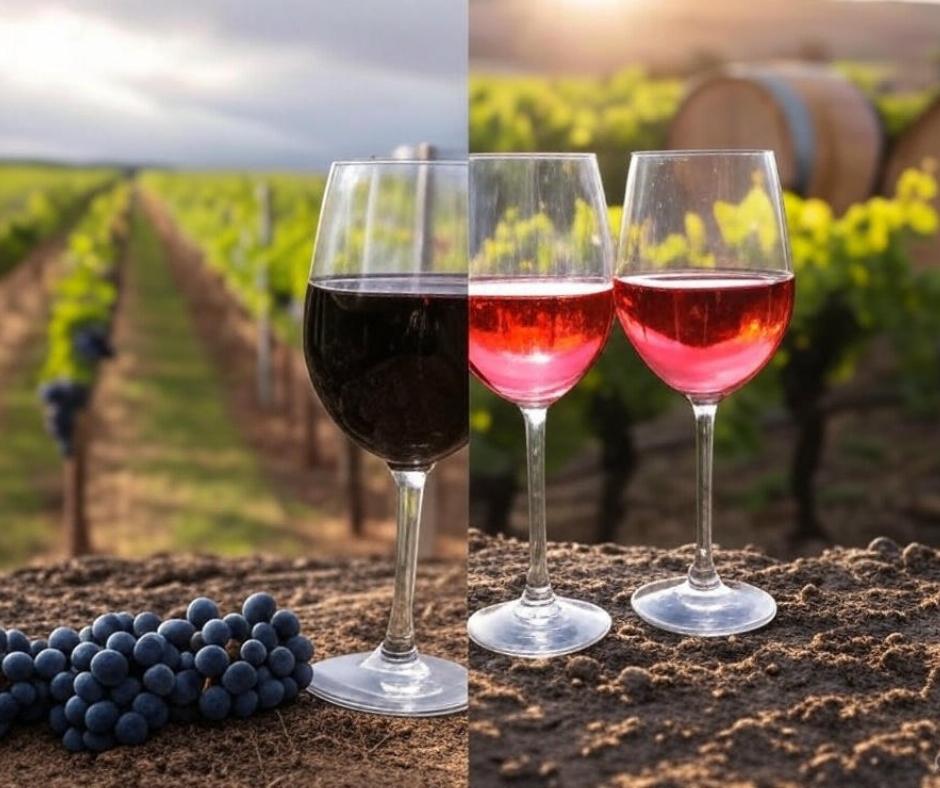
Tuscany, in the heart of Italy, is renowned for its wines based on Sangiovese, including Chianti and Brunello di Montalcino. Tuscany wines are characterized by their crisp acidity, red fruit flavors, and earthy, herbal overtones. Although more accessible than Bordeaux wines, they are still complex and can age, particularly Brunello, which can age 10 to 20 years. Super Tuscans, Sangiovese blends with international grapes such as Cabernet Sauvignon, provide full-bodied, robust wines with aging potential.
The most significant differences between Bordeaux and Tuscany are the wine profiles. Bordeaux wines are tannic, structured, and age-worthy, whereas Tuscany's wines are generally more drinkable, with fresh acidity and light body. Bordeaux's reds are intense and multifaceted and require aging to mature, while Tuscany's wines are food-friendly and have fruit balance and acidity. Both wine districts make superb wine, but Bordeaux is best suited for individuals who prefer rich, structured wines and Tuscany for those desiring refined, lively red wines.
Wine Gift Ideas - French Vs Italian
Looking for the perfect gift? Consider the gift of wine! A bottle of a prestigious French Bordeaux like Château Margaux or a classic Burgundy such as Domaine de la Romanée-Conti makes an excellent choice for a special occasion. For those who appreciate Italian wines, explore the world of Super Tuscans like Sassicaia or a beautiful bottle of Barolo such as Gaja Barolo. You can find a curated selection of French wine gifts featuring options like a gift set with a bottle of Champagne and gourmet treats, and discover a range of Italian wine gifts including Amarone della Valpolicella Classico.
Wine Gifts Recommendation
French Wine & Gift Set Recommendations
Embark on Your Wine Journey
French and Italian wines speak of stories about their origin and the memories they are capable of making once set on our tables. These wines are food-friendly and could be the star at your next soiree! When you’re away but want to send a message of love , what could do it better than these bottled poems? These poems have the potential to gently express your emotions! Which will you explore first? Whether you gravitate toward the structured elegance of France or the vibrant character of Italy, exploring the world of French vs. Italian wine is a delicious adventure. Both countries offer unparalleled diversity and quality, promising a perfect bottle for every palate and occasion. So why not start your exploration today? You can find a wide selection of French wines and Italian wines.
Frequently Asked Questions
1. How is French wine different from other wines?
Most French wines do vary; however, terroir (climate, soil, water supply, etc.) adds to this incomparability. In fact, Bordeaux wines would tend to be bold reds with strong aging potential and crisp, fresh whites from different regions like Burgundy and the Rhône Valley.
2. Which Italian wines are most suitable for beginners?
There are some cool introductory whites, such as the light and refreshing Pinot Grigio from Veneto and, made from Cortese, Gavi. For reds, try a classic Sangiovese Chianti.
3. How long can Bordeaux wines last?
The potential in terms of aging will certainly be there within the very high tannins and very complex structure of such Bordeaux wines (like Pauillac or Margaux), which in most cases can hold for decades and bring more and more nuances and complexity once developed.
4. What makes Italian reds like Chianti and Barolo exceptional?
Chianti and Barolo are two of the most known Italian wines. They come from the Sangiovese and Nebbiolo grapes, respectively, and are highly regarded for their acidity, structure, and complexity. Their palates have general themes of bright red fruit and earthy nuances, which open many possibilities for food pairings.
5. What pairs perfectly with French and Italian wines?
French wines can have a tendency to match well with rich meats, cheeses, and seafood; Bordeaux with steak or grilled meats; Chablis with oysters. Italian wines are well adapted to sauces, pastas, pizzas, and meats, too, but especially Chianti goes well with tomatoes and Barolo with chic cuts of meat.


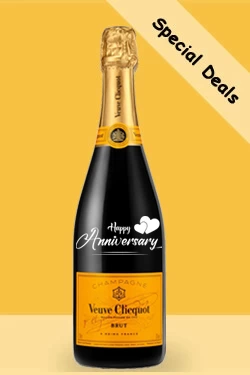



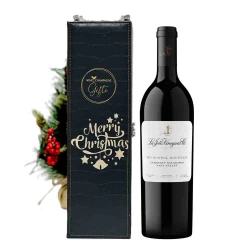
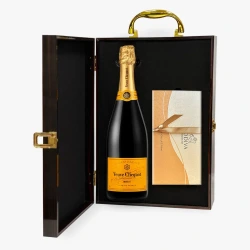
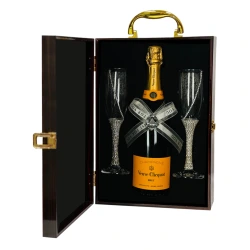

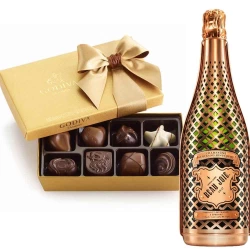












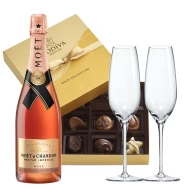
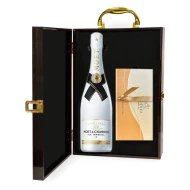




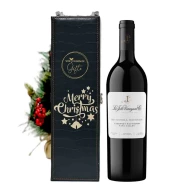

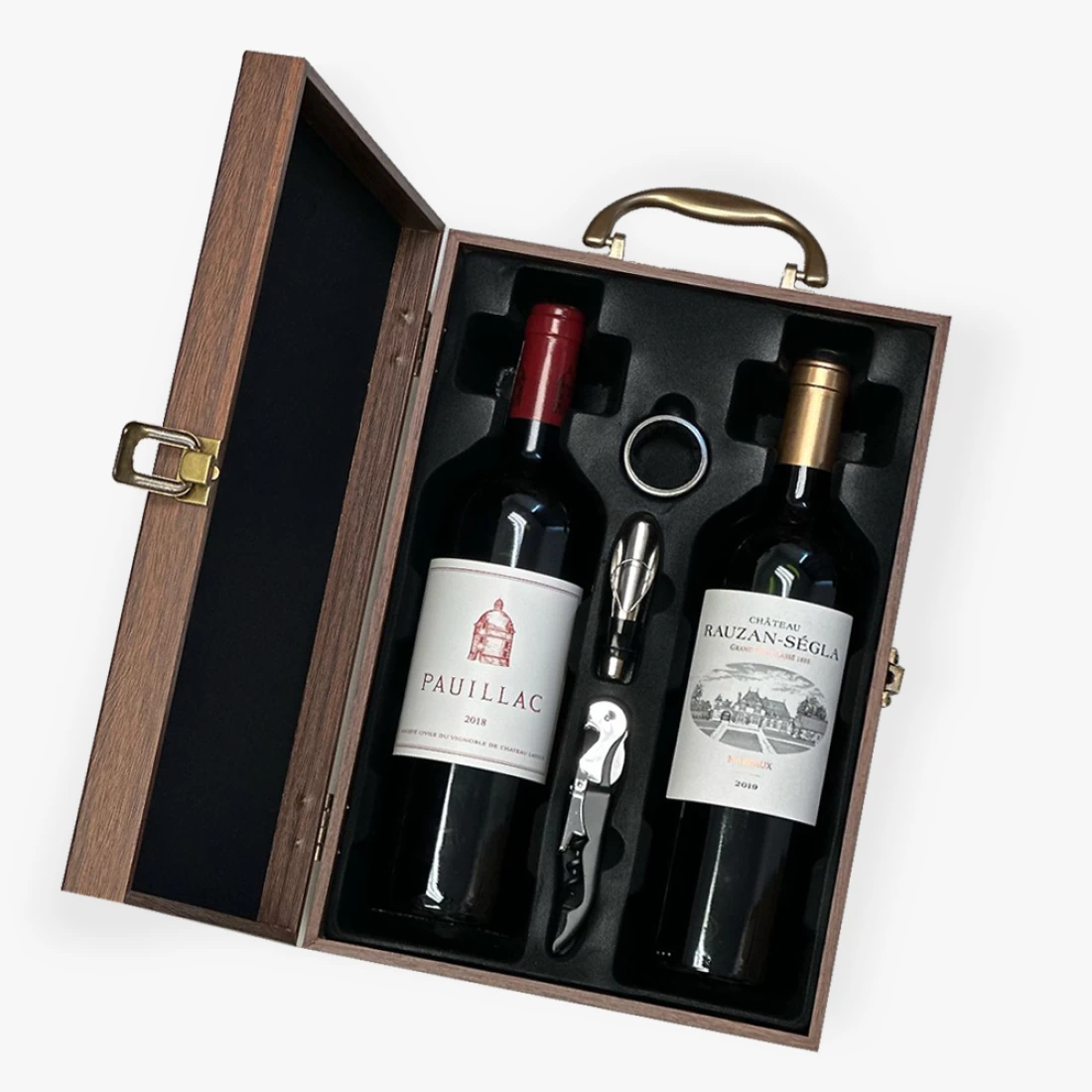
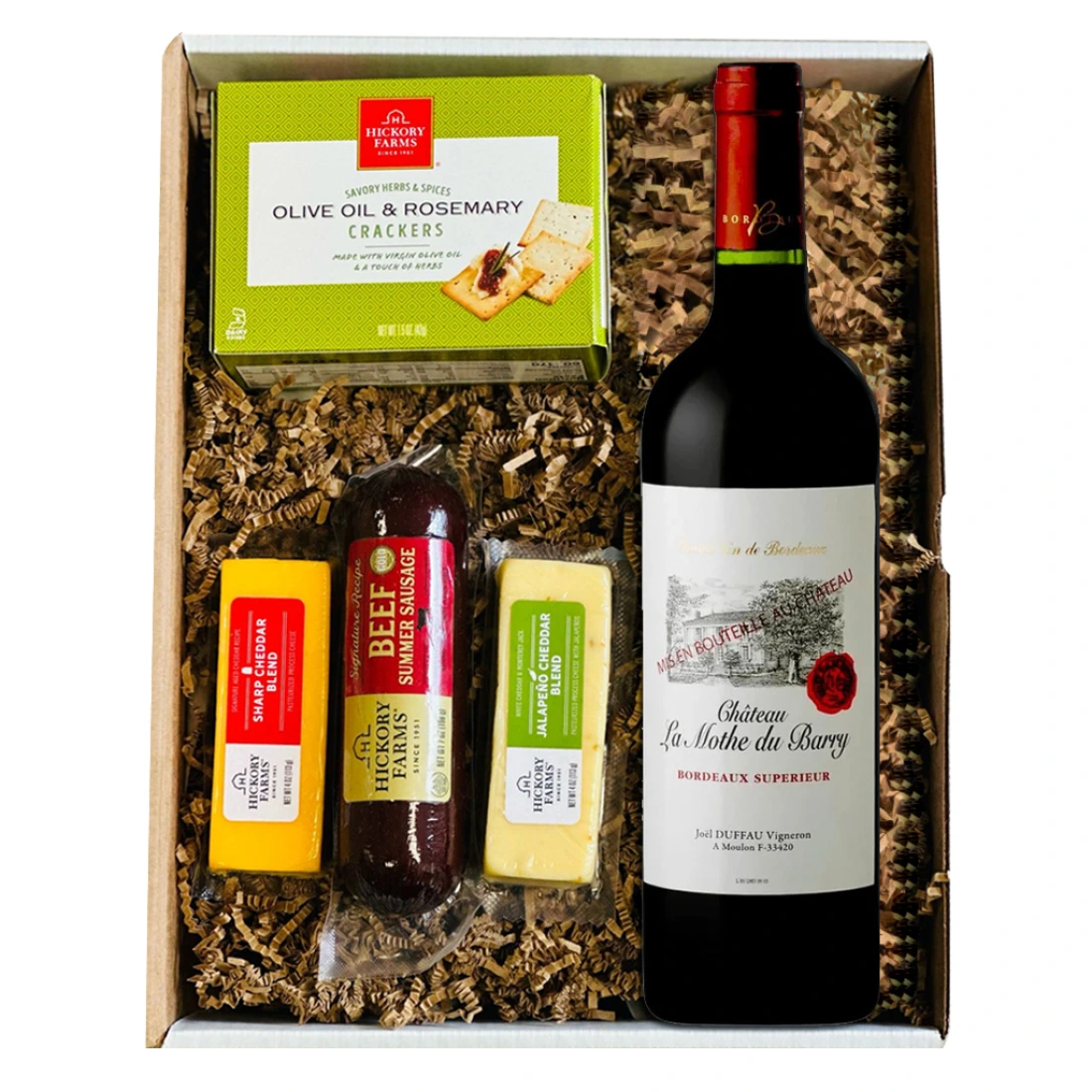
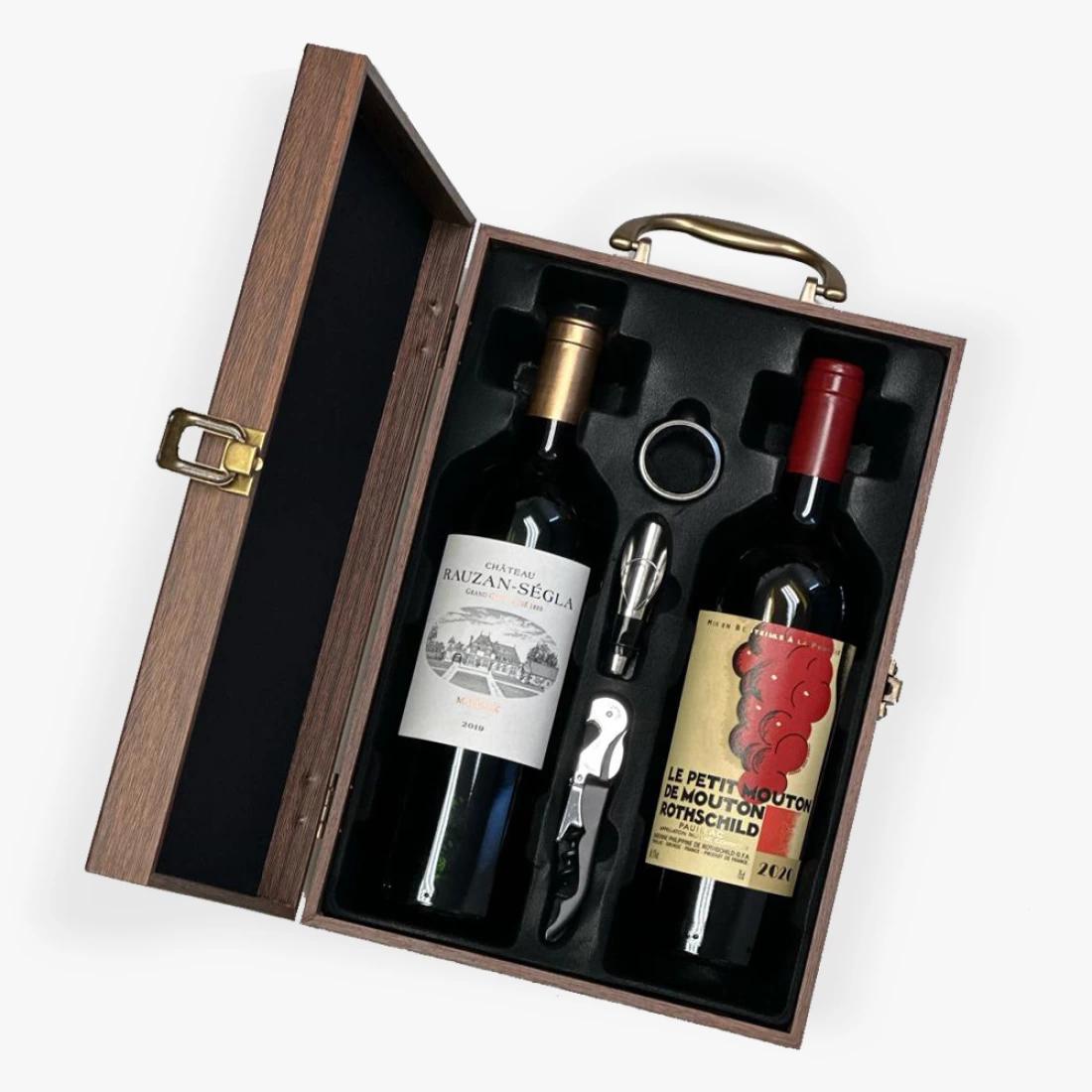
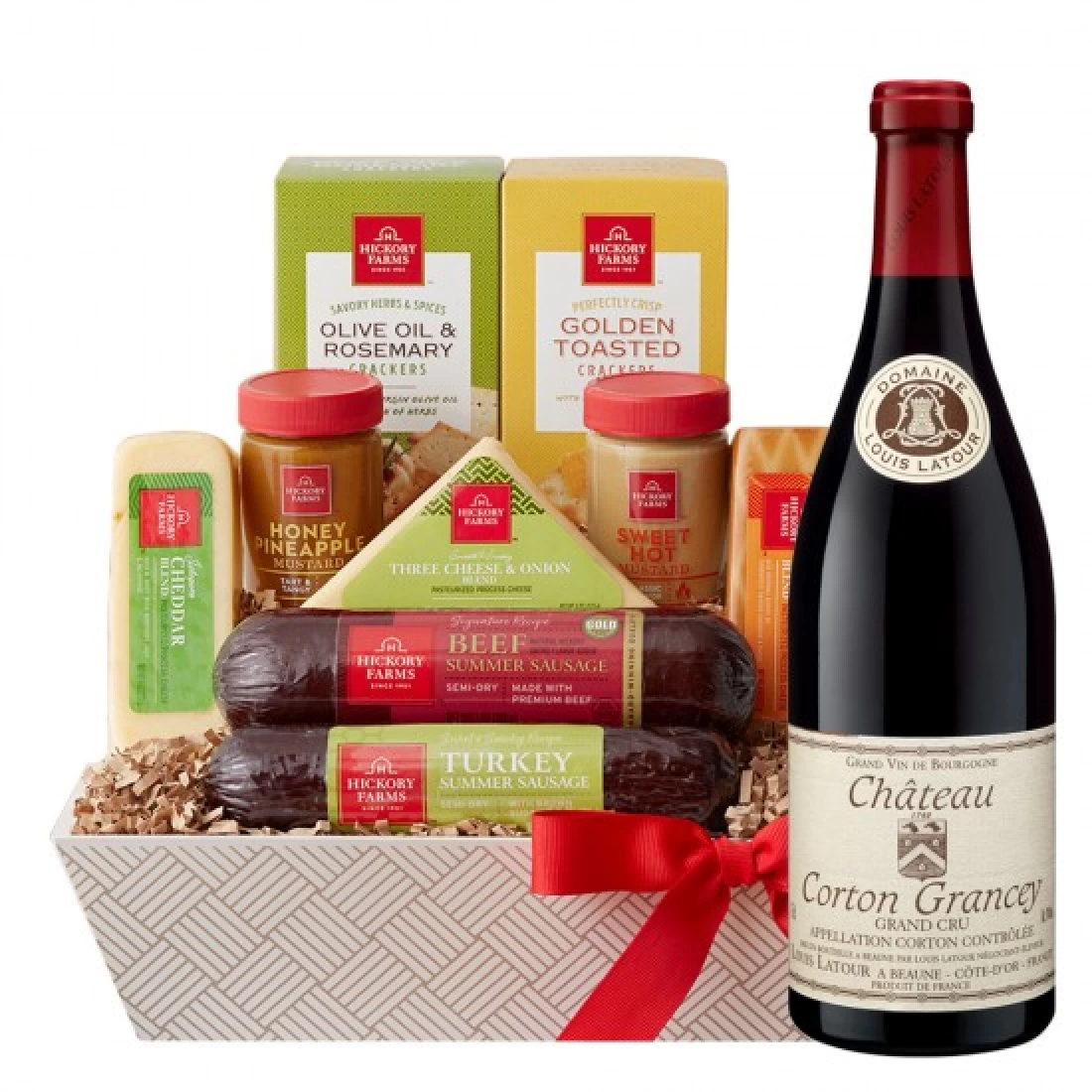
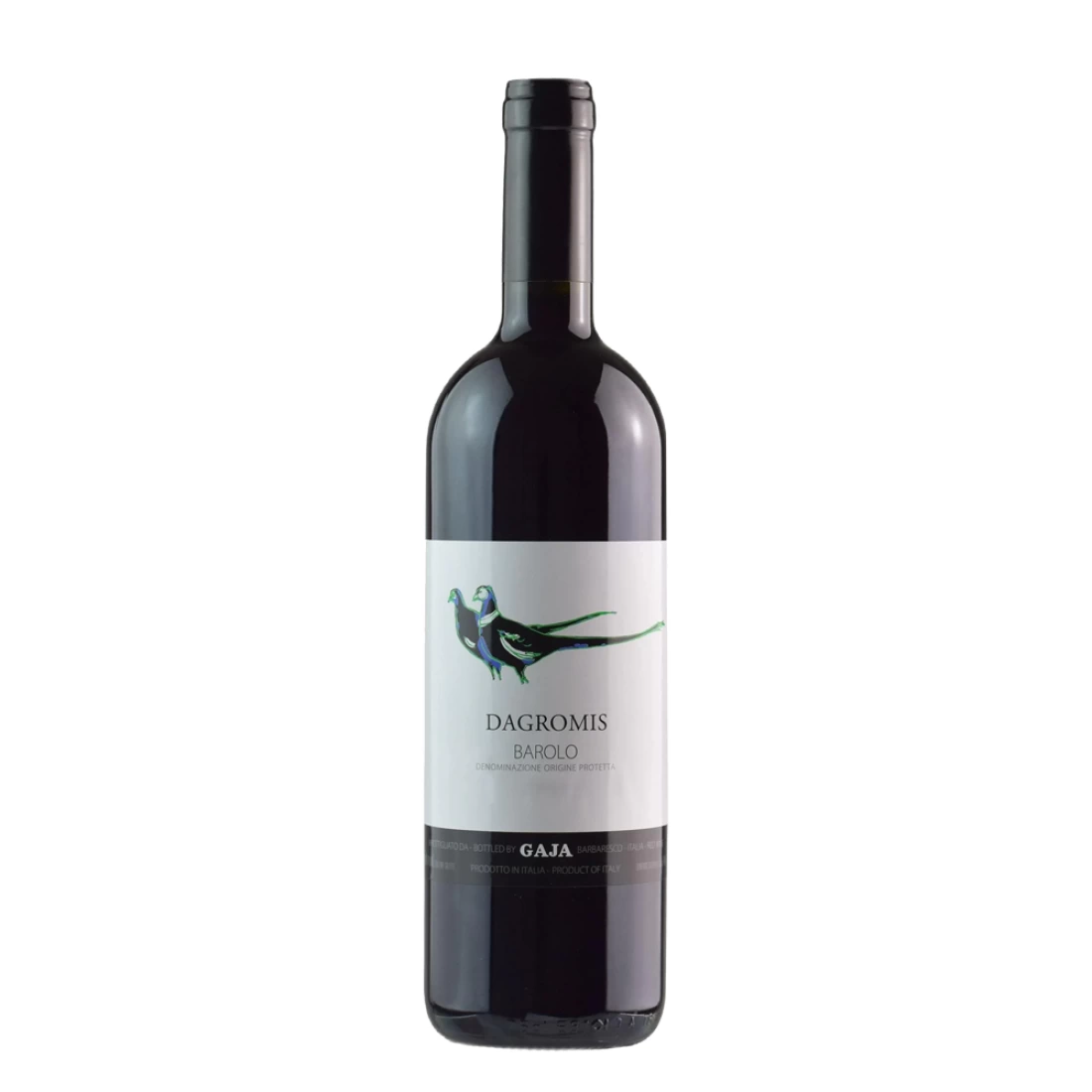
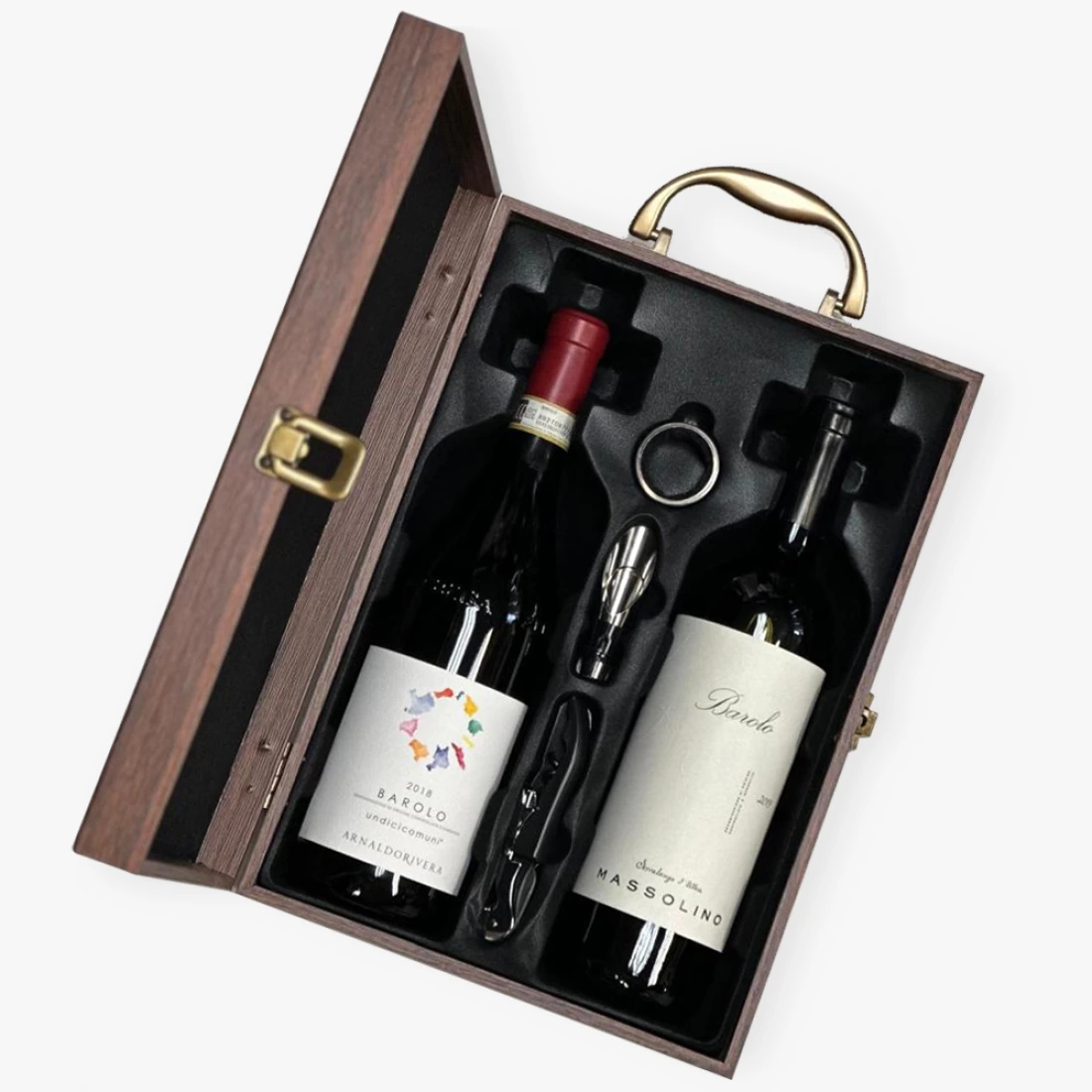
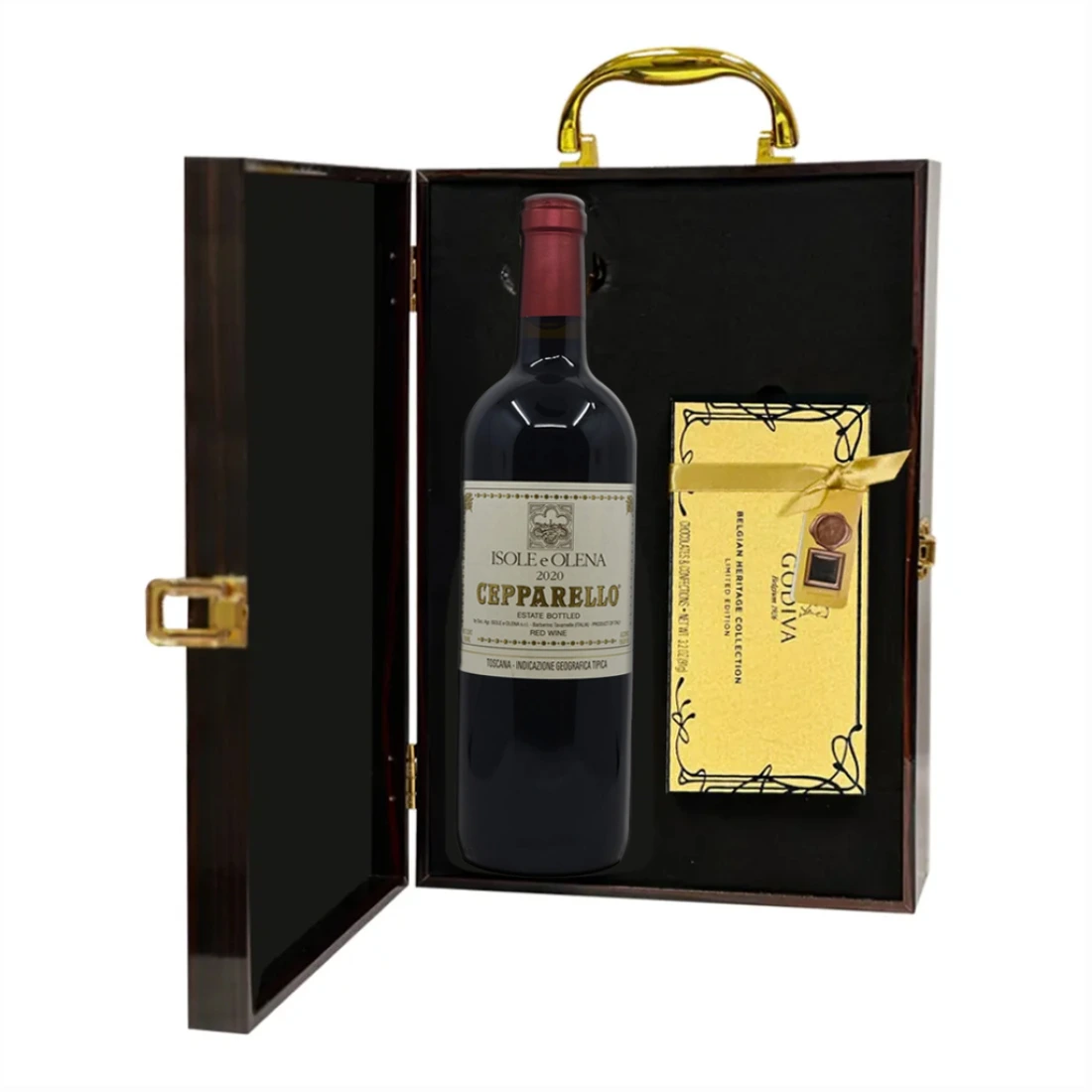



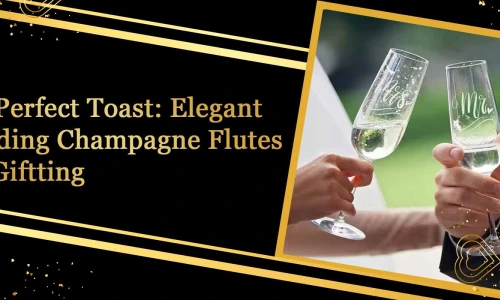
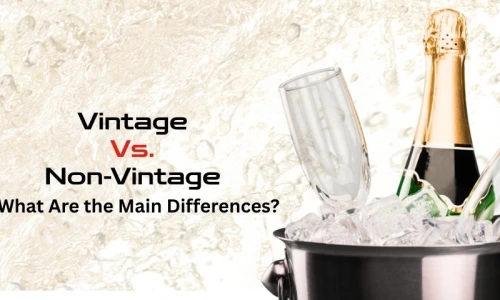




Leave a Comment